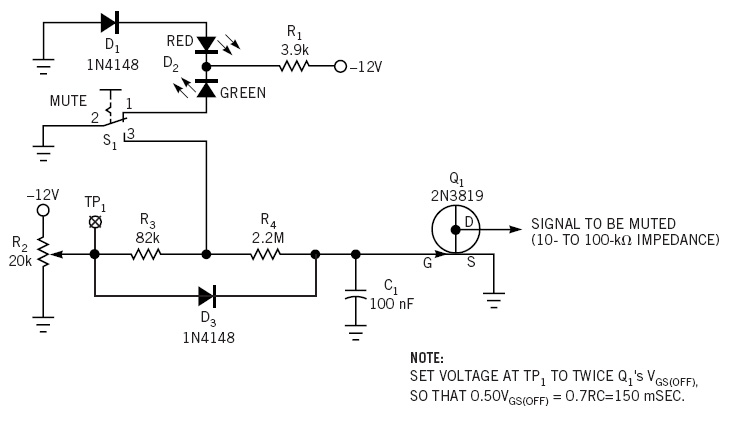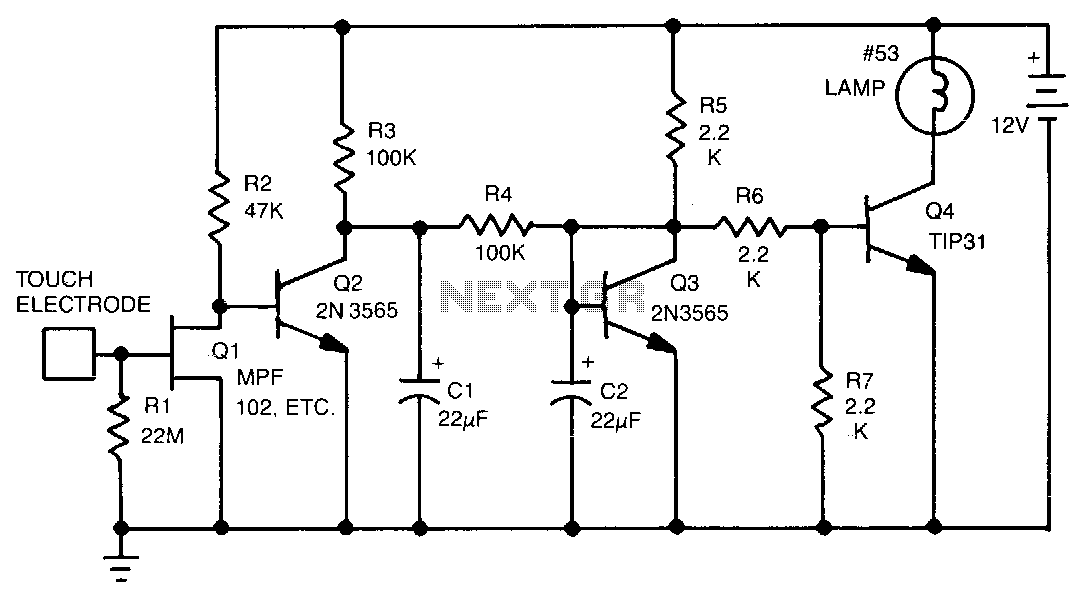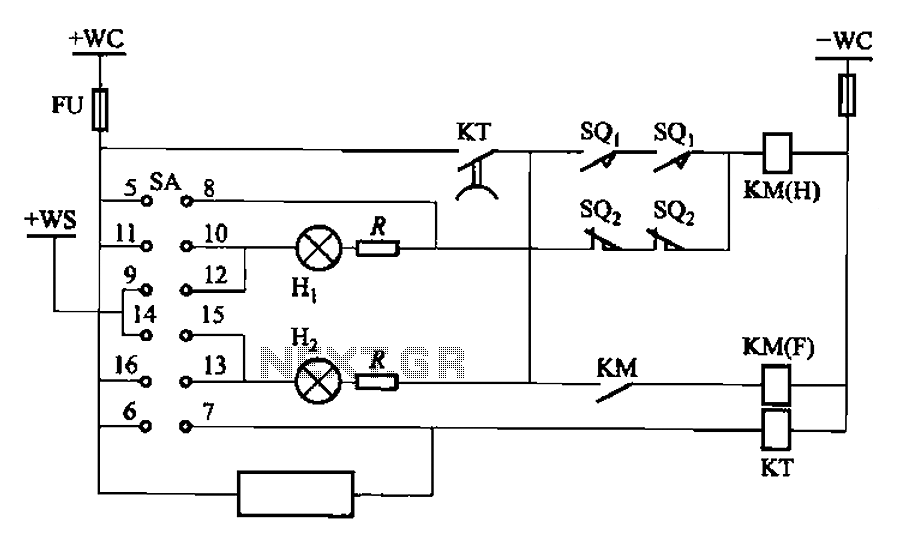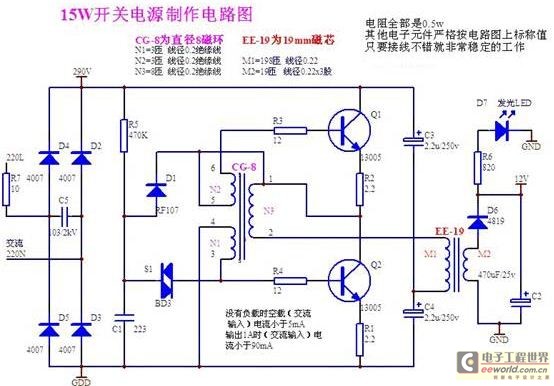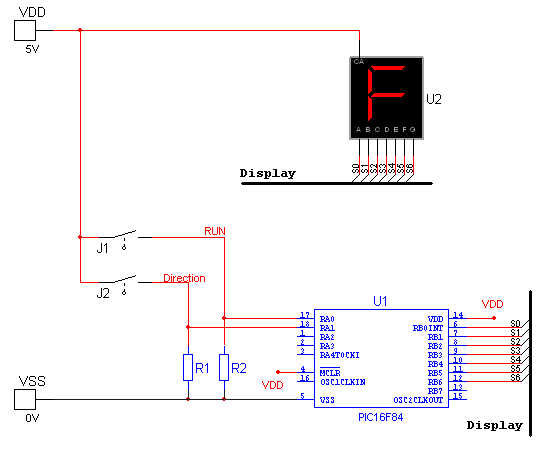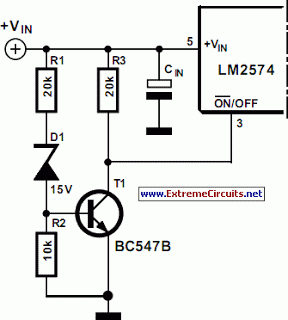
Three thyristor switch voice lighting circuits
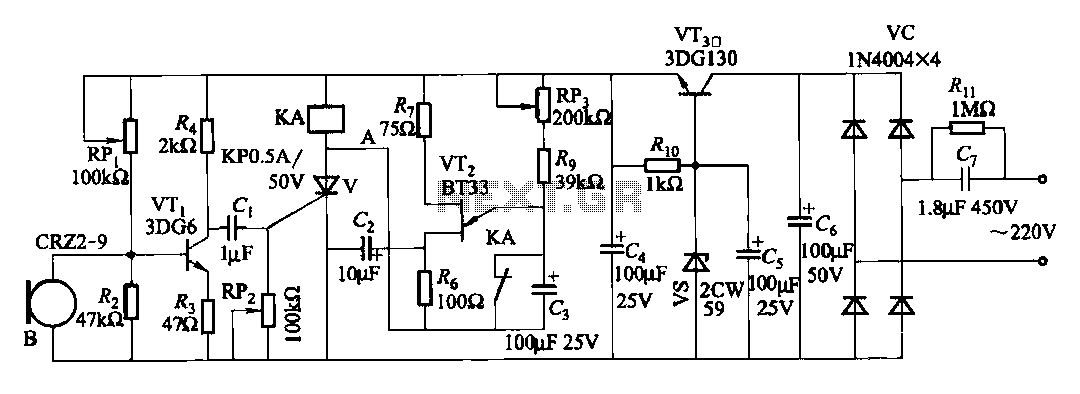
The circuit features voice switches with Figure 2109. It utilizes a single-junction transistor (VT2) and RC components to create a delay. The delay time can be adjusted using the potentiometer (RP3) or the capacitor (C3).
The described circuit employs a single-junction transistor (VT2) as the primary switching element, which is pivotal in controlling the voice activation mechanism. The inclusion of resistive (R) and capacitive (C) components forms an RC delay circuit, which is essential for managing the timing of the voice switch activation.
The adjustment potentiometer (RP3) allows for fine-tuning of the delay time, providing flexibility in operation according to specific application requirements. By altering the resistance, the charge time of the capacitor (C3) can be modified, thus changing the time it takes for the circuit to respond after the voice activation signal is received.
The capacitor (C3) plays a crucial role in determining the delay duration; a larger capacitance will result in a longer delay, while a smaller capacitance will yield a shorter delay. This adjustable delay feature is particularly useful in applications where precise timing is critical, such as in automated voice-activated systems or in scenarios where a delay is necessary to prevent false triggering from ambient noise.
Overall, the combination of the single-junction transistor, RC components, and adjustable elements provides a versatile and effective solution for implementing voice-activated switching in electronic circuits.Features voice switches with Figure 2109. From single-junction transistor VT2 and RC components delay the circuit. Adjustment potentiometer RP3 or capacity capacitor C3 can cha nge the delay time.
The described circuit employs a single-junction transistor (VT2) as the primary switching element, which is pivotal in controlling the voice activation mechanism. The inclusion of resistive (R) and capacitive (C) components forms an RC delay circuit, which is essential for managing the timing of the voice switch activation.
The adjustment potentiometer (RP3) allows for fine-tuning of the delay time, providing flexibility in operation according to specific application requirements. By altering the resistance, the charge time of the capacitor (C3) can be modified, thus changing the time it takes for the circuit to respond after the voice activation signal is received.
The capacitor (C3) plays a crucial role in determining the delay duration; a larger capacitance will result in a longer delay, while a smaller capacitance will yield a shorter delay. This adjustable delay feature is particularly useful in applications where precise timing is critical, such as in automated voice-activated systems or in scenarios where a delay is necessary to prevent false triggering from ambient noise.
Overall, the combination of the single-junction transistor, RC components, and adjustable elements provides a versatile and effective solution for implementing voice-activated switching in electronic circuits.Features voice switches with Figure 2109. From single-junction transistor VT2 and RC components delay the circuit. Adjustment potentiometer RP3 or capacity capacitor C3 can cha nge the delay time.
Warning: include(partials/cookie-banner.php): Failed to open stream: Permission denied in /var/www/html/nextgr/view-circuit.php on line 713
Warning: include(): Failed opening 'partials/cookie-banner.php' for inclusion (include_path='.:/usr/share/php') in /var/www/html/nextgr/view-circuit.php on line 713
